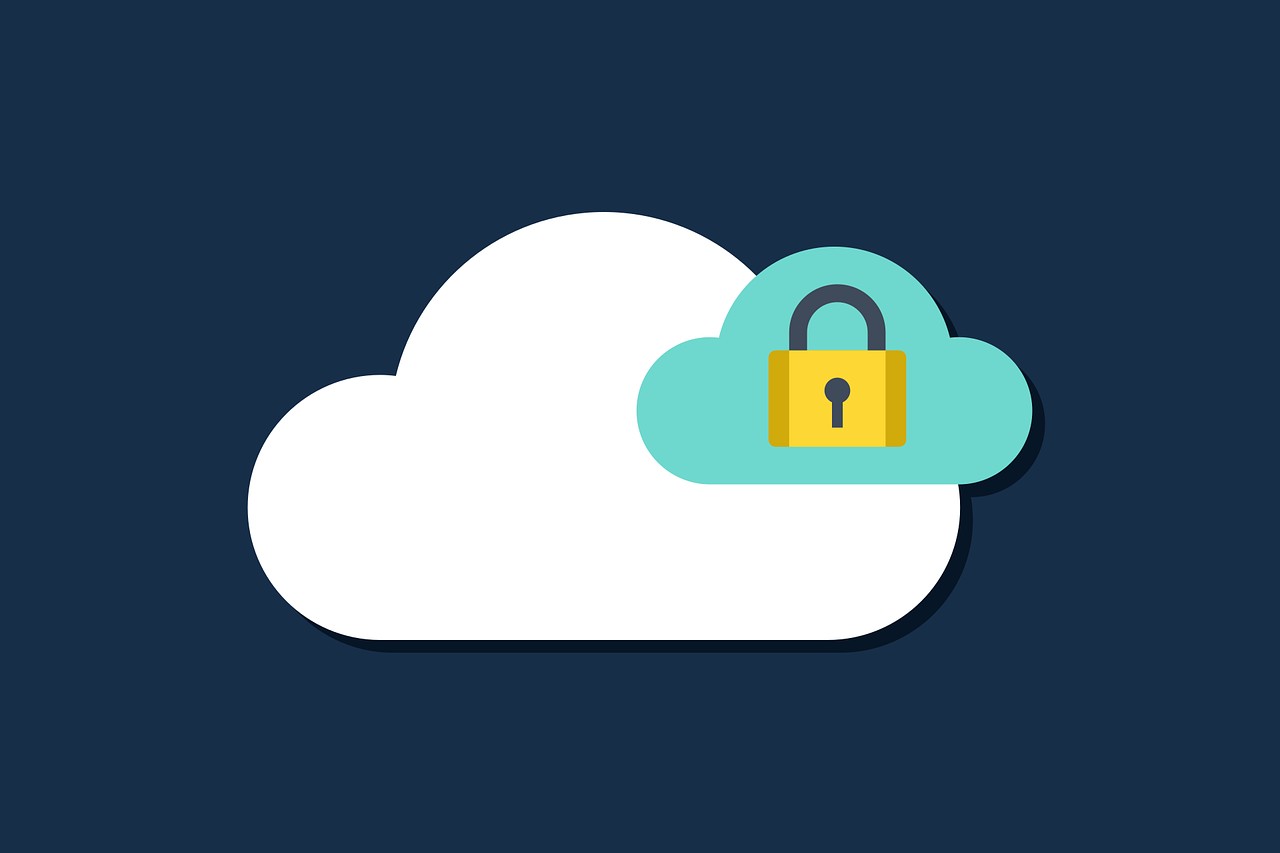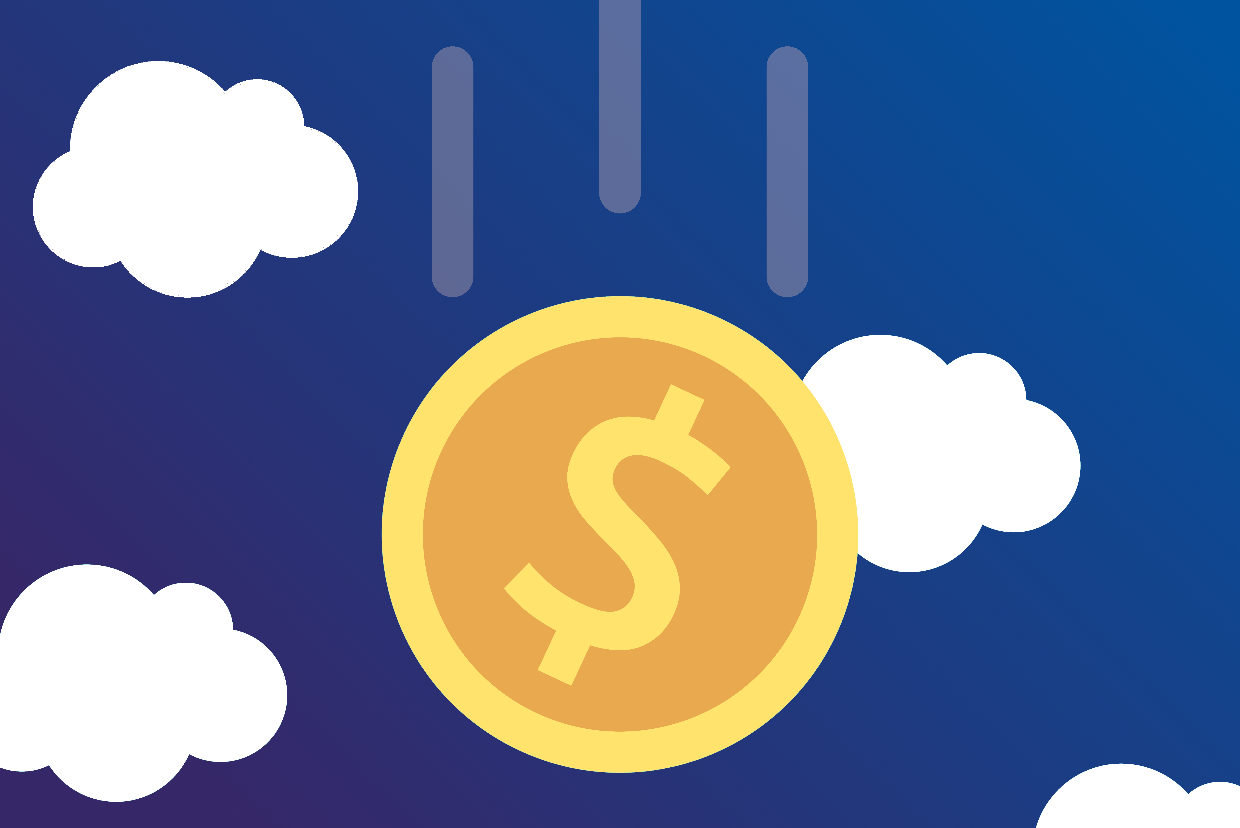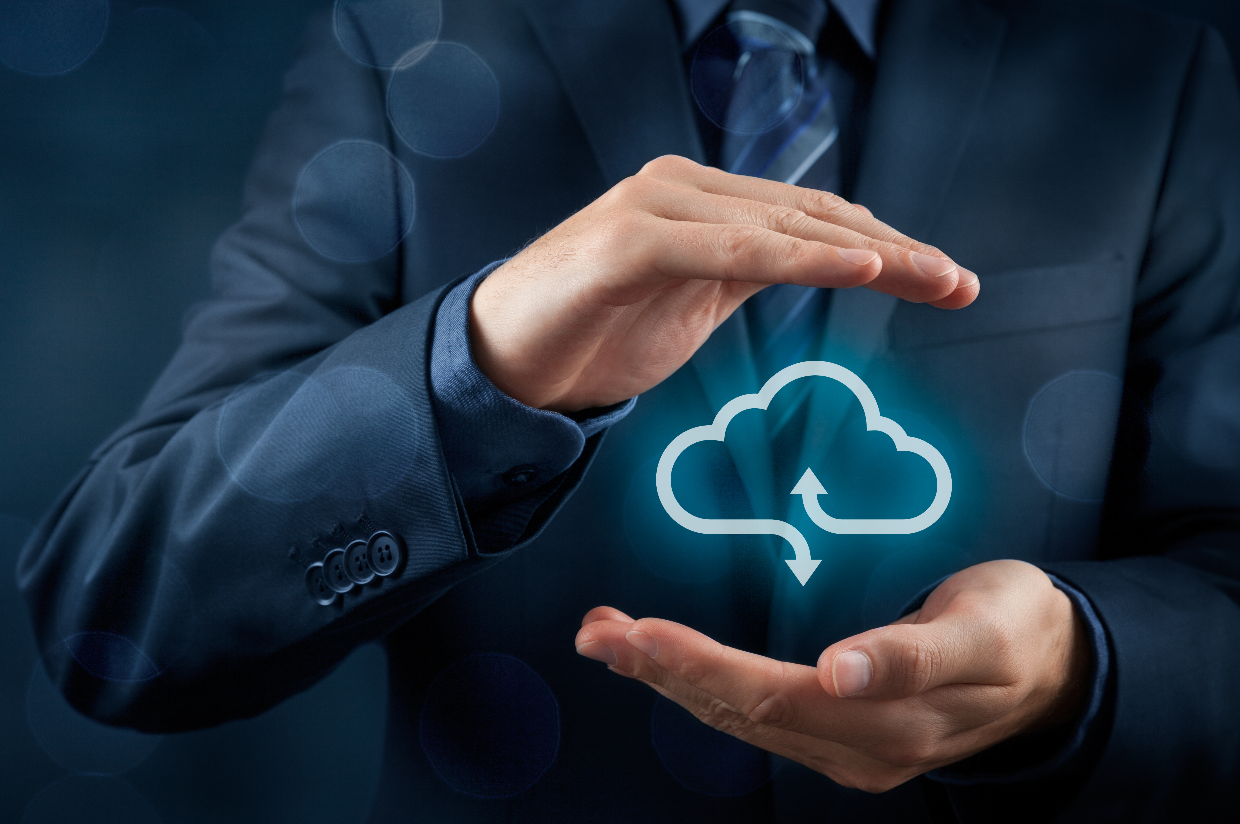Cloud adoption has been on an upward trajectory for over a decade now. In the last few years, cloud computing has also seen an explosion in adoption and growth. This all circles back to the ongoing pandemic, which has forced many employees to go digital and adapt to the work-from-home model. The workforce change heavily relies on the cloud model for continuity and growth.
What’s more, businesses have also started leveraging the Anything-as-a-Service (XaaS) model. Through it, they can set up, organize, and streamline their processes to focus on delivering digital services. These two reasons continue to be the major driving factors set to further bolster the growth of cloud adoption in 2022 onwards. According to a report, global public cloud services are expected to grow by over 22% ($482 billion US dollars) in 2022. So what are some key cloud trends we can expect?
Considering the widespread growth, adoption, and cloud implementation in company IT over the last few years, we can expect better and more robust automation and AI. We can also look forward to cloud delivery models shaping the cloud landscape in 2022 and beyond. The need for cybersecurity is growing, along with the demand for fast, efficient, and robust cloud applications through cloud-native apps.
Let’s take a look at these cloud trends in more detail.
4 KEY CLOUD TRENDS WE CAN EXPECT TO SEE
Cloud technologies are moving away from linear evolution and preparing for exponential evolution, adoption, and growth. That’s why the cloud-first strategy is turning into a norm in the contemporary IT world. Here are 4 major cloud trends that we can expect to continue to grow and shape the coming years.
1. INTELLIGENCE: AI, ML & AUTOMATION
Cloud computing has been a very effective catalyst in enabling and developing AI, ML, and automation. Cloud computing can also offset the upfront project costs associated with AI and automation. It’s also helping businesses make efficient, data-driven decisions using AI and driving companies to adopt, implement, and scale automation services. That’s all helping achieve better data management, insights, security, and scale.
Cloud computing also enables businesses to meet the massive processing and data storage requirements of AI, ML, and automation, at a fraction of the price. Cloud capabilities are also crucial driving factors in adopting AI and automation as they can deliver low latency and services-on-demand along with better data handling capabilities and processing power.
Given the cost efficiency and accuracy of AI and ML, we expect a rise in related cloud adoption across many industries, including automobiles, data-centric firms, retail, banking, and insurance, in the years to come.
2. CLOUD DELIVERY MODELS: HYBRID AND MULTI-CLOUD INFRASTRUCTURE
Cloud computing has the potential to serve different use cases and requirements. That’s because cloud delivery models are ever-evolving. Before, cloud computing was confined to infrastructure, platform, or software as services. Today, though, it has numerous delivery models. In particular, hybrid cloud setup and multi-cloud infrastructure are accelerating digital transformation plans.
Hybrid Cloud Infrastructure
Hybrid cloud infrastructure provides improved scalability and control, allowing businesses to deploy multiple delivery models. For example, it can create public, private, and dedicated cloud environments. Businesses can then achieve increased agility and innovation, while also improving security and risk management.
Multi-Cloud Infrastructure
A multi-cloud infrastructure empowers companies to uniformly distribute their workloads across multiple cloud environments. The multi-cloud environment also enables optimized ROI, superior security, service autonomy, and low latency. It also allows businesses to leverage the best cloud vendor for a specific service. That makes the company flexible but also gives it control to take more from the cloud setup.
On top of these two cloud-delivery models, serverless cloud computing and XaaS are also pivotal to the future IT landscape change.
3. SECURITY AND COMPLIANCE: SASE AND CDR
Increased cyber attacks are a major concern for companies worldwide. Businesses are now more concerned about the security and safety of their digital resources. Maintaining disaster recovery and data compliance is becoming more complex. Altogether, that’s paving the way for cloud computing services to fill the void.
Several new cloud trends address these cloud security and compliance challenges. For example, cloud-based SASE and CDR solutions are crucial to overcoming these risks. In turn, that helps increase cloud adoption.
Secure Access Service Edge (SASE)
Secure Access Service Edge is a cybersecurity concept that creates a secure connection between applications/services and organizational entities, like users, systems, and devices. SASE is a framework that combines network security functions (like SWG and FWaaS).
It also has comprehensive WAN capabilities to support digital companies worldwide. That’s why industry experts believe SASE can assist companies in warding off cyber attacks. Several SASE vendors now offer secure web gateways (SWG). That can also help your organization block unwanted traffic while adhering to company security compliances.
Cloud Disaster Recovery (CDR)
Cloud disaster recovery is a cloud-based service that combines several strategies and services to back up resources, like data, applications, and configuration. These cloud backups allow businesses to restore any affected data and resume normal operations after a disaster. Emerging cloud trends can help companies create a dedicated, custom-made cloud disaster recovery solution.
4. NEW CLOUD TECHNOLOGIES: CLOUD-NATIVE APPS AND EDGE COMPUTING
Cloud-Native Apps and Edge Computing Businesses continue to build cloud-based apps to suit their different needs, and we can say that cloud-native apps have reached the next evolution stage. With containerization and DevOps technologies modernizing applications, the adoption of cloud-native apps is only increasing. This uptick in cloud adoption should help businesses build more cloud-native apps on the edge, providing more portability and agility. Cloud-native apps on the edge can also help companies focus on several key constraints to business development including challenges, maturity, expectations, and opportunities.
What benefits can your company gain from all of this? Let’s take a look!
BENEFITS CLOUD TRENDS CAN BRING TO YOUR BUSINESS
It’ll be interesting to see how these cloud trends will continue to grow. Still, how can you know if your company should jump aboard the adoption bandwagon? Will these trends have positive long-term effects for your business?
Here are the top 5 benefits the cloud can bring to your business:
- High speed and quick deployment. Your company will have a better ability to spin up new cloud computing instances for quick deployments.
- Advanced data security and compliance. Your company can better prepare for cyberattacks and create more optimal security and compliance measures.
- Reduced latency. Your company can improve time-critical applications with cloud-native apps and edge computing.
- Disaster recovery. Your company can more easily rely on data backup options to mitigate disaster after-effects.
- Collaboration. Your company can use tools, services, and applications to improve their internal collaboration.
Unfortunately, cloud trends may also bring some challenges with them. Let’s talk about what these are so you can reduce risks and maximize benefits.
NEW CHALLENGES AND COSTS FOR YOUR BUSINESSES
As cloud trends gain traction, they’ll also come with some challenges. To overcome them, you need to know what they are. Here are 3 common obstacles that could prevent cloud trends from going mainstream.
1. Intelligence: Automation and AI
AI adoption has always been an optimization problem for companies worldwide. The cloud can be a solution for issues with cost, performance overhead, workload management, and data processing. That said, it may also bring some difficulties including:
● Difficulty accessing vendors
● Lack of business alignment
● Cloud computing security and privacy
You‘ll need to assess your business needs properly. That way, you can choose the right vendor for the services you need. Proper due diligence, scoping, and the right tools can also reduce these challenges.
2. Cloud Delivery Models
Advanced cloud delivery models often provide endless opportunities for businesses. They can reduce costs, provide tailor-made solutions, and allow for cross-platform environments. That said, they represent added complexity and implementation challenges including:
● Managing different service providers
● Data transfer bottlenecks between the private and public clouds
To overcome these challenges, you‘ll need to forgo the tools individual clouds offer. Instead, implement unified cloud aggregator services to collect the data from multiple vendors. Then, you can fine-tune these services to constantly monitor the resources and make well-informed decisions.
3. Security and Compliance
Security and compliance are also major challenges in implementing or adopting the cloud. Here are several leading factors that affect cloud adoption:
● Insecure APIs
● Lack of visibility
● External data sharing
● Denial of service attacks
● Security responsibility management
● Ambiguity and overlap regulation
● Assessment frequency monitoring
To mitigate these challenges, you can establish well-defined identity and access management solutions. You can also monitor the cloud environment and watch for misconfigurations. Doing so helps prevent catastrophic security vulnerabilities.
LOOKING AHEAD
Cloud computing is maturing and branching out to different technologies, implementations, and domains. It’s helping streamline the IT landscape, and will likely continue to do so well beyond 2022. We’ve explored AI and automation through the cloud and discussed new cloud delivery models. We’ve also discussed the benefits your company can see after implementing and using the advanced cloud security and compliance tools.
Having said all of that, you‘ll need to consider the business challenges associated with these cloud trends. Your company should strive to achieve a safe, streamlined cloud adoption. For example, always use the right security and compliance tools, and automate processes as much as possible. You should also have clearly defined scope and visibility, and adopt the principle of least privilege. Look into monitoring and reporting tools whenever needed. That way, you can ensure you’re making the most out of these cloud trends, and minimizing any negative impacts.
FAQS
What is containerization?
Containerization is a form of virtualization. It packages applications/services with the libraries and operating systems, just enough to run and support the associated dependencies in isolation.
What is a hybrid cloud?
It’s a cloud delivery model in which applications can run in different environments. That includes cloud and on-premise setups. Hybrid cloud helps organizations further reduce costs, and helps increase agility and innovation.
What is the principle of least privilege?
It’s an information security concept that enforces giving the lowest possible privileges/permissions level possible to minimize the threats associated.
What is a denial of service attack?
A denial of service (DoS) attack is a cyberattack that shuts down a computer or a server. To achieve that, the attacker sends large traffic or requests to interrupt the device’s intended use. You can find several effective means of preventing DOS attacks. For example, you can use rate limiting, blocklisting/allowlisting the traffic, or monitoring traffic.
What is XaaS?
XaaS is a modern and collective term that refers to the delivery of anything as a service. Since cloud computing is taking over the company IT world, every typical IT needs is now available as a service over the cloud. That includes antivirus, firewall, platform, applications, etc.






